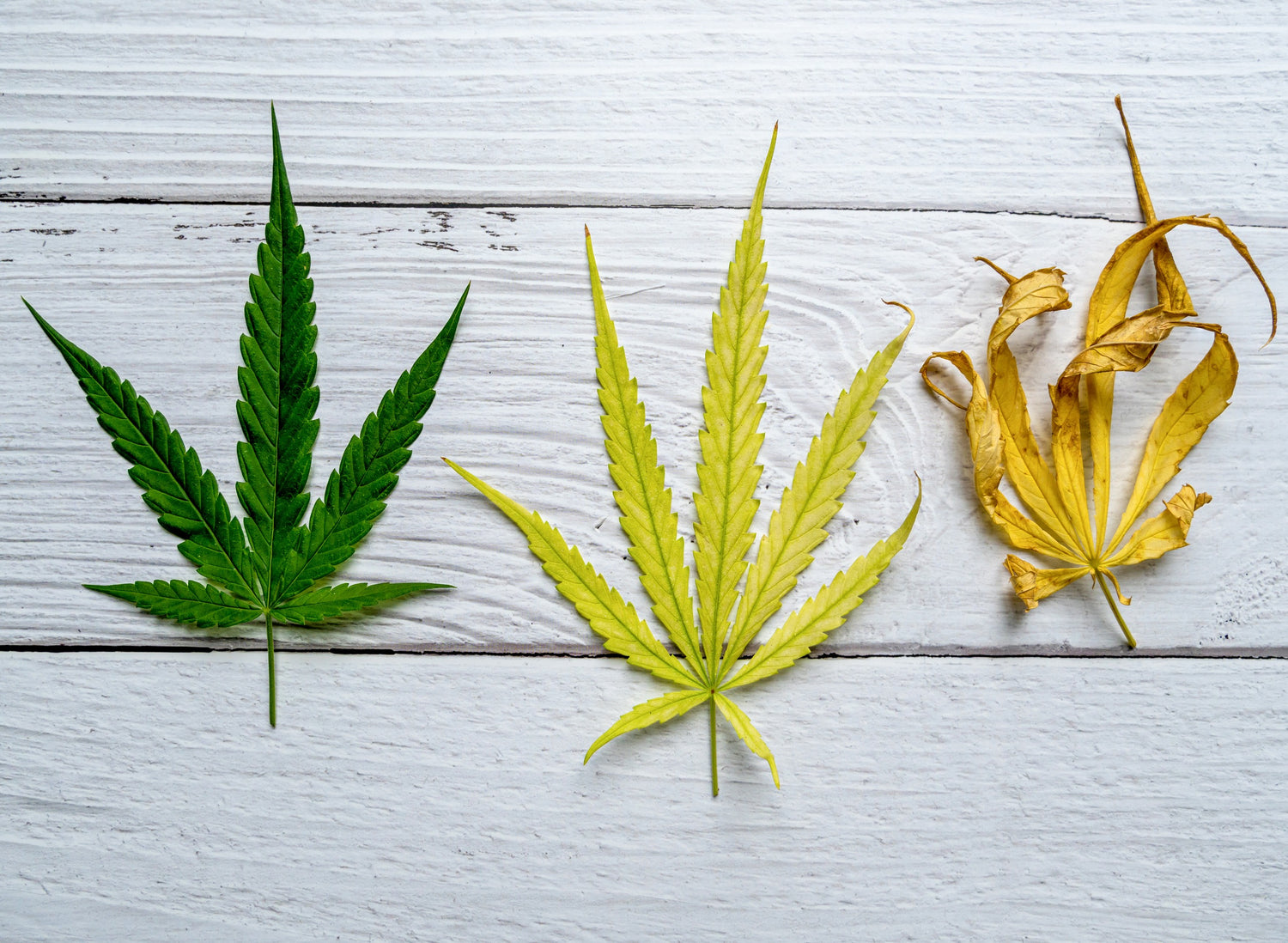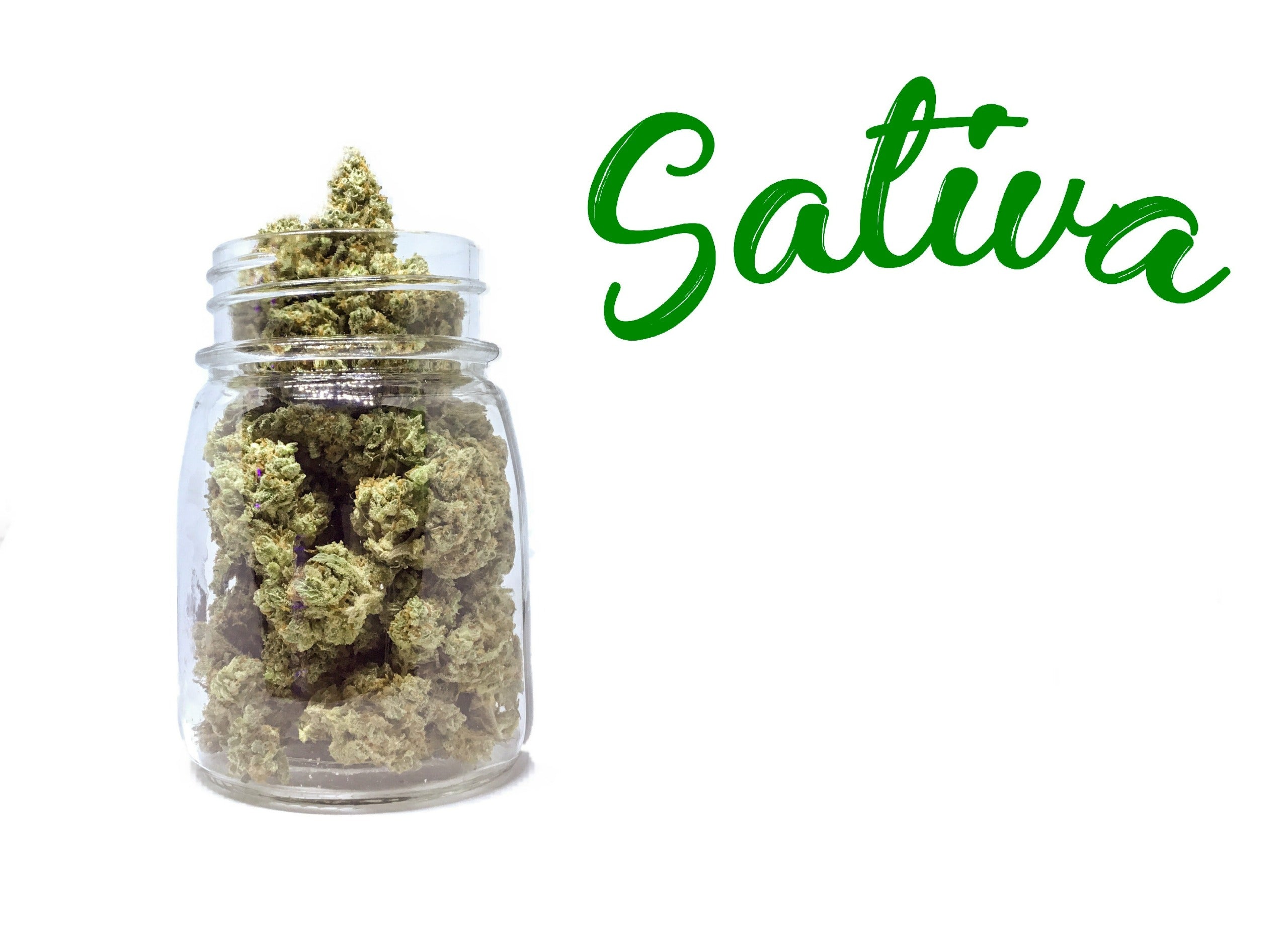Cultivating cannabis is a delicate practice that requires careful attention to various factors. Apart from protecting your plants from physical adversities like cannabis wind burns, you must also look out for nutrient deficiencies in cannabis plants.
There are several vital nutrients that the cannabis plant needs to thrive, including copper, boron, iron, calcium, and more. Lack of these crucial nutrients causes weed deficiency, which can even lead to the death of the plant. Although these cannabis deficiencies are almost inevitable, you can identify and treat them quickly with a keen eye.
A marijuana deficiency can manifest in different ways depending on the marijuana plant’s growth stage. Learning how to identify and resolve these issues is what distinguishes a successful grower from an unsuccessful one. Fortunately, you can learn everything you need to know about cannabis nutrient deficiencies and how to treat them in our comprehensive guide. There are also vital cannabis growing tips to help you avert several other adversities in your cultivation journey.
What Are Cannabis Nutrient Deficiencies?
Cannabis nutrient deficiencies occur when a plant lacks the essential nutrients for optimal growth and development. Therefore, even if you use healthy cloned weed plants, they can still experience this issue. These deficiencies can result from inadequate soil quality, imbalanced nutrient ratios, incorrect pH levels, or poor water management.
Therefore, if you’re growing indoor cannabis, you must ensure you balance the levels of all vital elements. Similarly, if you’re growing weed with minimal equipment outdoors, you must ensure that the soil has an adequate proportion of all the essential nutrients. In some cases, a deficiency can be caused by an excess of another nutrient. Identifying and correcting these issues is crucial to maintain a healthy cannabis garden.
How to Identify a Nutrient Deficiency
To identify nutrient deficiencies in your marijuana plants, observe the following signs.
1. Color changes: Leaves may turn yellow or brown, or exhibit other discolorations.
2. Abnormal growth: Stunted growth, twisted or curled leaves, and weak stems can indicate deficiencies.
3. Leaf symptoms: Leaves may show spots, necrosis (dead tissue), or fall off prematurely.
4. Bud development: A lack of nutrients can result in smaller, less potent buds.
Remember that each nutrient deficiency presents unique symptoms, so observing these signs will help you pinpoint the specific nutrient in question.
Common Types of Nutrient Deficiency
Some common cannabis nutrient deficiencies include:
Nitrogen
Manifested by the yellowing of older leaves and slow growth, nitrogen is crucial for photosynthesis and overall plant health.
Phosphorus
A lack of phosphorus can result in dark, bluish-green leaves with red or purple stems. Phosphorus is vital for root development and flowering.
Potassium
Deficiency symptoms include yellowing leaf edges, brown spots, and curling or twisting. Potassium plays a significant role in water regulation and overall plant strength.
Calcium
Calcium deficiency can cause distorted or stunted new growth, brown spots, and weak stems. This nutrient is essential for cell wall strength and overall structure.
Magnesium
Manifested by yellowing between leaf veins, magnesium is necessary for photosynthesis and overall plant energy production.
How to Treat Nutrient Deficiencies in Cannabis
To treat nutrient deficiencies in your marijuana plants, follow the following steps:
1. Identify the deficiency: Observe the symptoms and determine the specific nutrient lacking in your plants.
2. Adjust the pH: Ensure the pH level is appropriate for cannabis (generally between 6.0 and 7.0 for soil, and 5.5 and 6.5 for hydroponic systems) to promote nutrient uptake.
3. Amend the soil: For soil-based systems, apply high-quality organic amendments to replenish the deficient nutrient.
4. Adjust nutrient solution: For hydroponic systems, modify the nutrient solution to provide the necessary nutrients.
5. Monitor progress: Keep an eye on your plants and observe any changes. If the deficiency persists, consider consulting with an expert or seeking additional resources.
The Bottom Line
Cannabis nutrient deficiencies can cause various issues, ranging from stunted growth to diminished yields. Knowing how to identify and address these deficiencies is crucial for maintaining a healthy marijuana garden. Our guide provides an excellent roadmap to help you identify and treat nutrient deficiencies promptly. Utilizing it will assist you in ensuring that your plants acquire the appropriate nourishment to thrive.














1 comment
Lex
This guide, although descriptive, should also have pictures. I recommend also talking about nutrient mobility, as that does help the grower know what theyre looking for.
Leave a comment
All comments are moderated before being published.
This site is protected by reCAPTCHA and the Google Privacy Policy and Terms of Service apply.